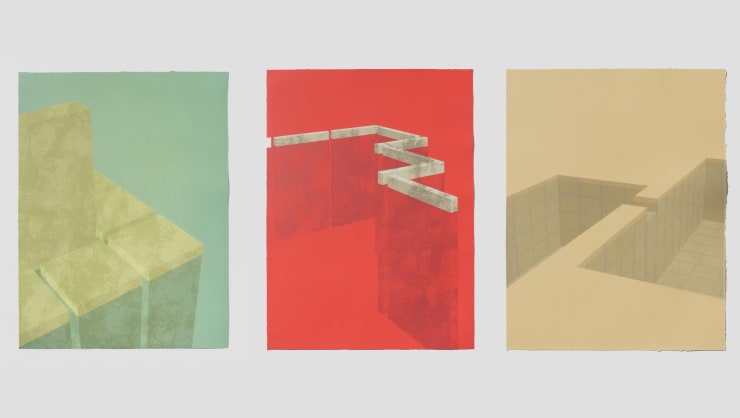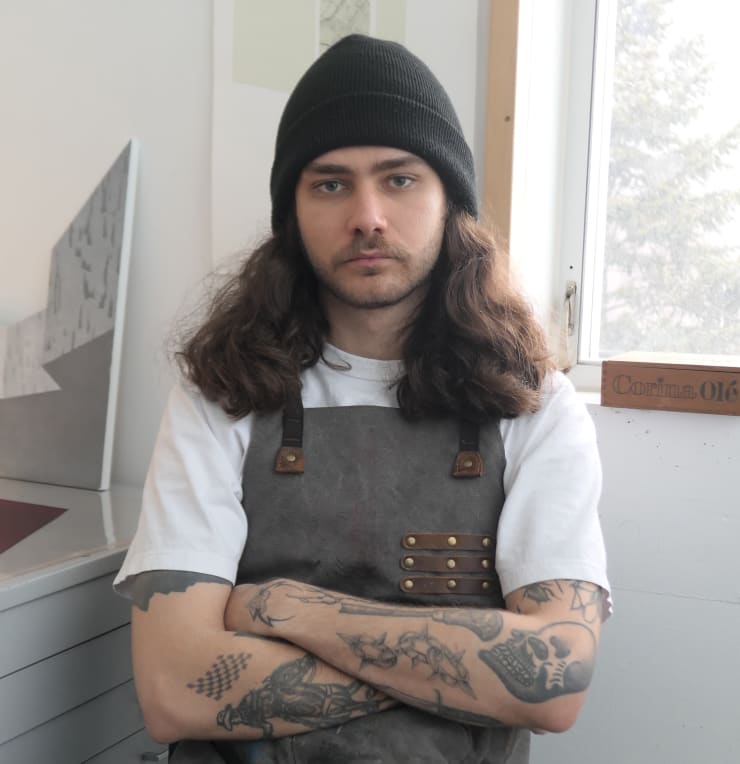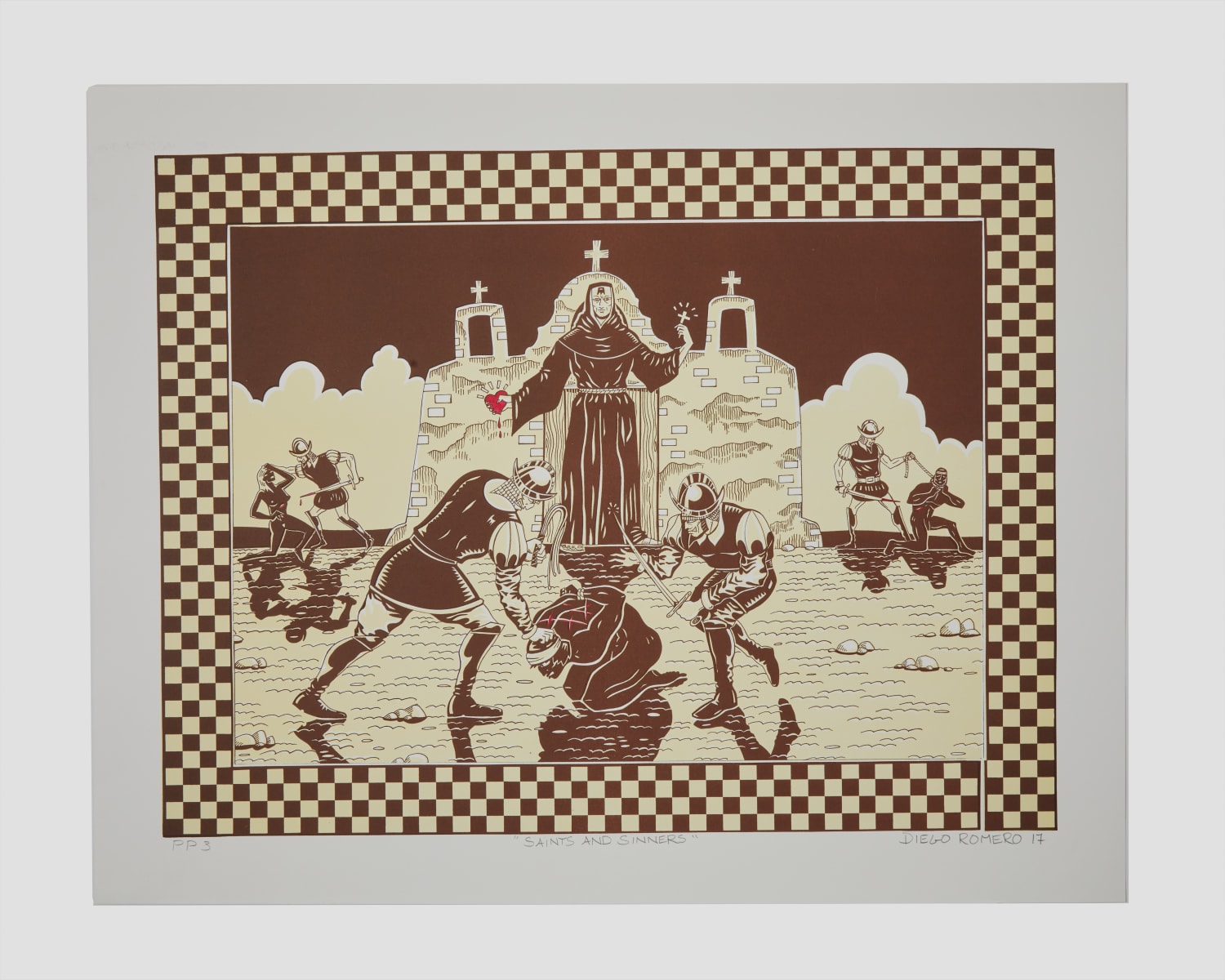Jon Greene
Jon Greene (b. 1996, Pennsylvania) plays with architectural and environmental boundaries to invent spaces with unique visual perspectives. Investigating how people observe their surroundings, the artist illuminates society’s inherent social, economic and ecological barriers. Greene’s practice is also informed by his childhood, during which he grappled with experiences of isolation, psychoanalysis, and privilege.
Greene holds a BS from Skidmore College and is currently an MFA candidate at the University of Iowa. In 2019, Greene was trained as a professional printer at the Tamarind Institute. His work can be found in the collections of The University of New Mexico Art Museum, the Bernard A. Zuckerman Museum of Art at Kennesaw State University (Georgia) and the Fig Bilbao International Print Festival collection (Spain).
Artist Statement:
Architectural and environmental boundaries define regions of empty space in the prints, drawings, and installations I create. Linear fragments of texture that impersonate natural surfaces make up walls, cliffs, and hedges. Each composition follows basic principles of two- and three-point perspectives, but spatial illusions and diversions distort structures into familiar, yet uneasy forms. The ambiguous sites that my works depict inspire the viewer to question where they are standing, and from what distance, height, and angle. The push and pull of flat and outcropped forms highlight how a person evaluates space.
These works prompt viewers to scrutinize and reassess the geometry around them, as the sites I create also occupy and inform their space. I transfer thin layers of ink from aluminum, plastic, limestone, and birch to accomplish this. The behaviors of these natural and human-made surfaces are revealed through the printing process. Skills obtained in professional printmaking allow me to shape and control the organic tendencies of these materials by using acids, solvents, and abrasion. The sites I create are a product of my fraught relationship with contained spaces and how natural and built environments can be sources of restriction and restoration.
-

On Printmaking: Jon Greene
May 26, 2023Jon Greene's precise, laborious lithographs usually take a moment to adjust to. Greene's signature compositional style makes use of line and angle to craft fantastical...Read more -

Artist Interview: Jon Greene
Part 1 January 14, 2022Read an interview with printmaker Jon Greene, an alum of the legendary Tamarind Institute and an MFA candidate at the University of Iowa.Read more






